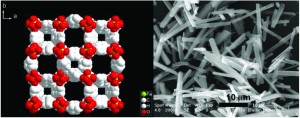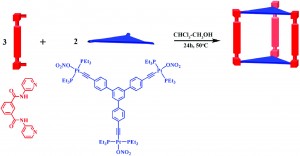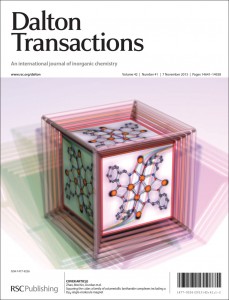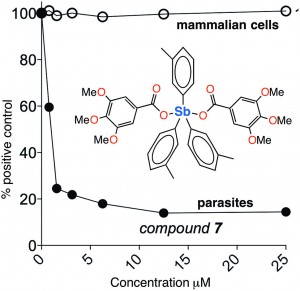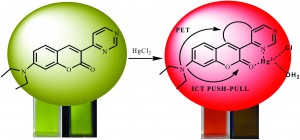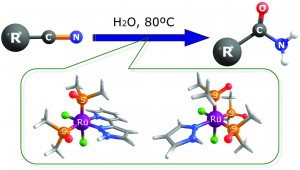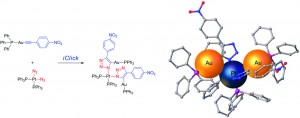Posted on behalf of Lewis Downie, web writer for Dalton Transactions
Some synthetic techniques can cause differing morphologies and sometimes be more efficient with both time and energy. One technique which is becoming more prevalent is microwave synthesis. Microwave assisted synthesis is solution based and therefore considered “soft” but has been found to allow the synthesis of a number of materials and in particular ones based around metal organic frameworks.
Use of microwave energy leads to the fast and uniform heating of a solution when compared to, say, solvothermal reaction techniques. It also leads to a greater number of potential nucleation points. These differences can lead to a more homogenous and rapidly synthesised product. For the synthesis of Fe(OH)(1,4-NDC)•2H2O (1,4-NDC = 1,4-naphthalenedicarboxylate), “PCP-Fe”, it is found that all these advantages occur.
PCP-Fe is normally synthesised hydrothermally, involving a 3 day heating period. This leads to the formation of cubic crystals (~ 10 μm3) with a broad size distribution. Microwave irradiation can reduce synthesis time to as short as one minute, however 30 minutes is found to produce crystalline, homogenous particles of PCP-Fe. The microwave synthesised particles are smaller and of differing morphology (prisms of ~ 15 μm in length and 3 μm in width) which is expected from a technique which provides many and rapid nucleation opportunities.
A number of other studies were performed in order to optimise the synthesis with mixed results. Modifying the reaction time leads to a number of varying, yet similar morphologies – thirty minutes is found to lead to the most uniform structures. Decreased reaction time leads to an increase in defects and a corresponding lowering of crystallinity. Variance in reagent concentration also has a direct effect on crystallinity – an inverse relationship is described.
The microwaved sample also appears to show improved gas adsorption properties. This is suggested to be directly related to the smaller particle size when compared to the hydrothermal sample. This shows the importance of morphology when assessing material properties and also the understanding of a number of synthetic techniques in order to access different morphologies.
Find out more from the paper:
Rapid synthesis of iron 1,4-naphthalenedicarboxylate by microwave irradiation with enhanced gas sorption
Yongbing Lou, Jinxi Chen, Jing Jiang and Qilong Bao
Dalton Trans., 2013, Accepted Manuscript
DOI: 10.1039/C3DT52546E, Paper
 Lewis Downie has wide ranging interests in the chemical sciences but has a background in functional materials. His main research focus is the investigation of these materials using crystallographic techniques. He is currently a postdoctoral research assistant at the University of St Andrews, U.K.
Lewis Downie has wide ranging interests in the chemical sciences but has a background in functional materials. His main research focus is the investigation of these materials using crystallographic techniques. He is currently a postdoctoral research assistant at the University of St Andrews, U.K.


